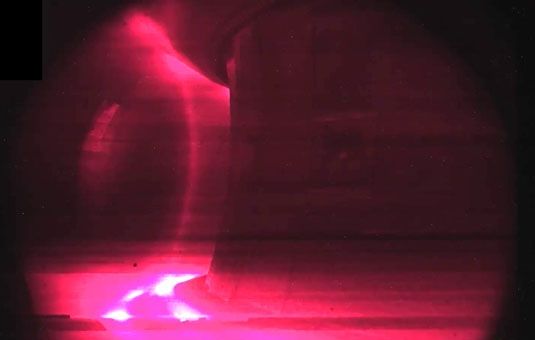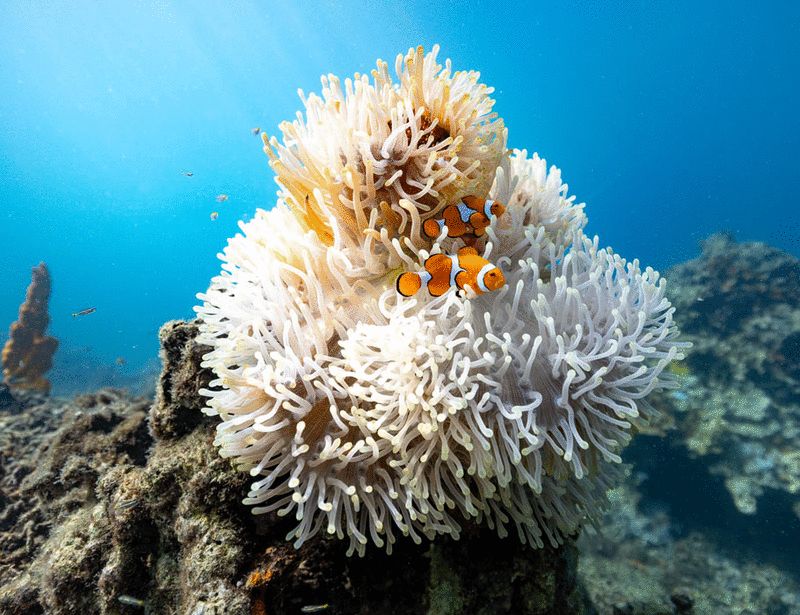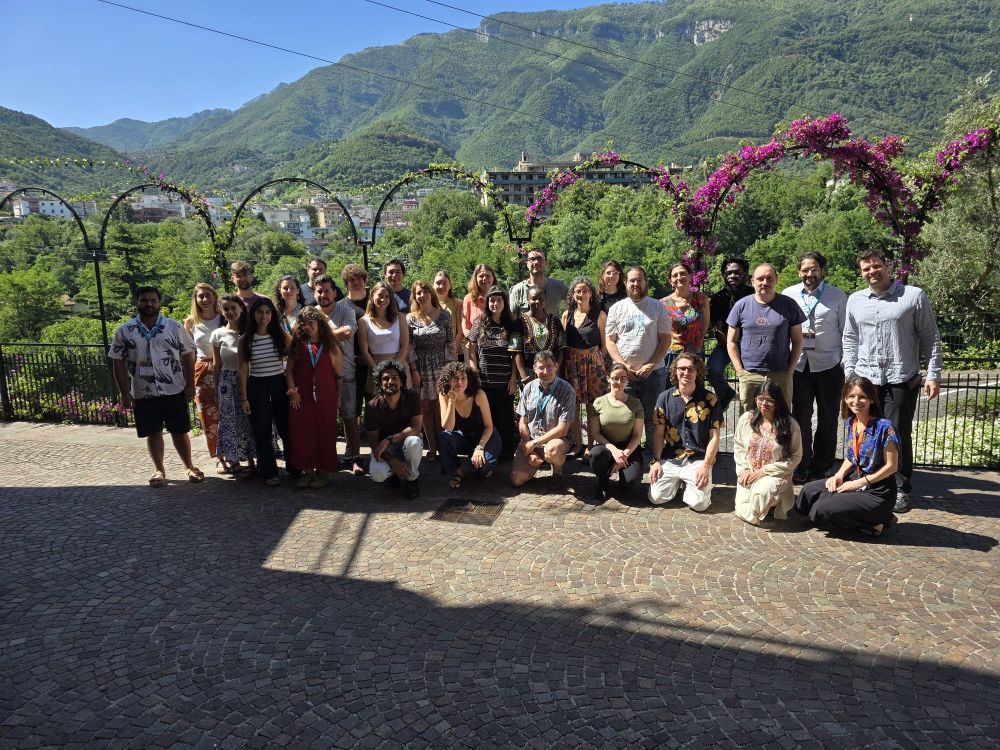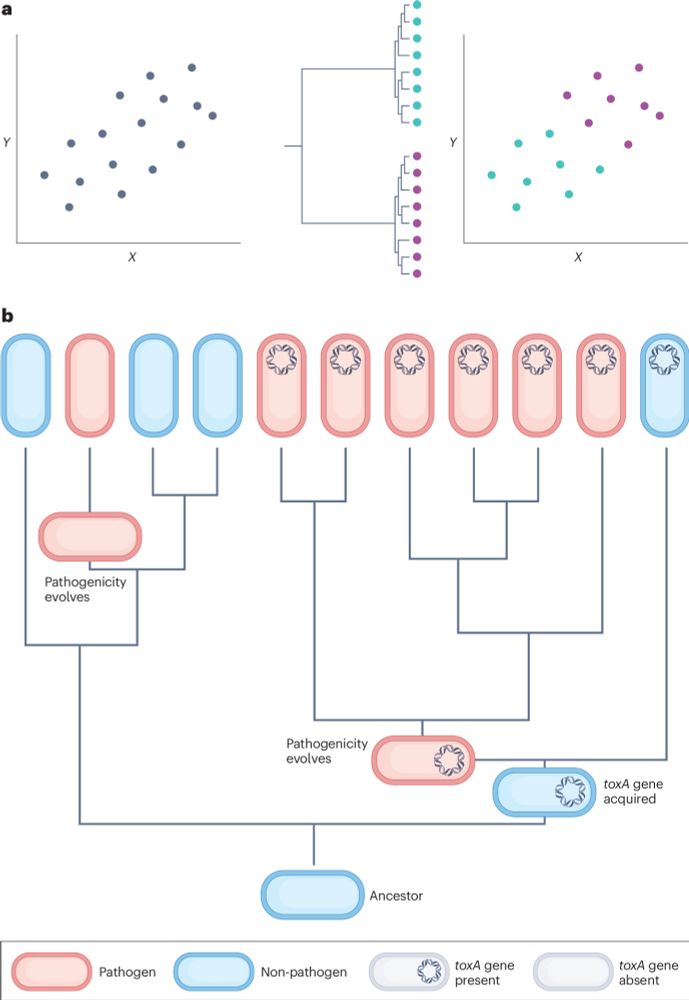Matishalin
@matishalin.bsky.social
160 followers
180 following
31 posts
Lecturer in Biology and AI at the University of Hull.
Interested in evolutionary theory using mathematical and computational approaches.
Currently focusing on cooperation between species and fitness optimisation theory.
Posts
Media
Videos
Starter Packs
Matishalin
@matishalin.bsky.social
· Aug 1
Matishalin
@matishalin.bsky.social
· Aug 1
Reposted by Matishalin
Matishalin
@matishalin.bsky.social
· Mar 4
Matishalin
@matishalin.bsky.social
· Mar 4
Matishalin
@matishalin.bsky.social
· Mar 4
Matishalin
@matishalin.bsky.social
· Mar 4
Reposted by Matishalin
Matishalin
@matishalin.bsky.social
· Feb 27
Matishalin
@matishalin.bsky.social
· Feb 20
Matishalin
@matishalin.bsky.social
· Feb 19

Nuclear fusion: WEST beats the world record for plasma duration!
On 12 February, the CEA’s WEST machine was able to maintain a plasma for more than 22 minutes. In doing so, it smashed the previous record for plasma duration achieved with a tokamak. This leap forwa...
www.cea.fr
Matishalin
@matishalin.bsky.social
· Feb 15
Matishalin
@matishalin.bsky.social
· Feb 9
Reposted by Matishalin
Reposted by Matishalin
Matishalin
@matishalin.bsky.social
· Dec 10







